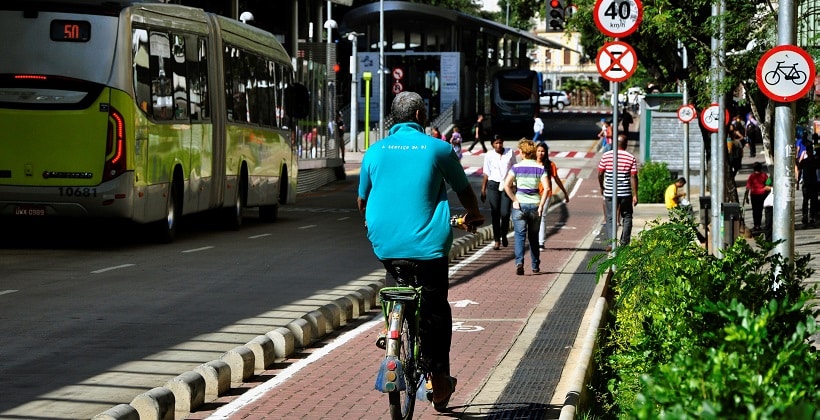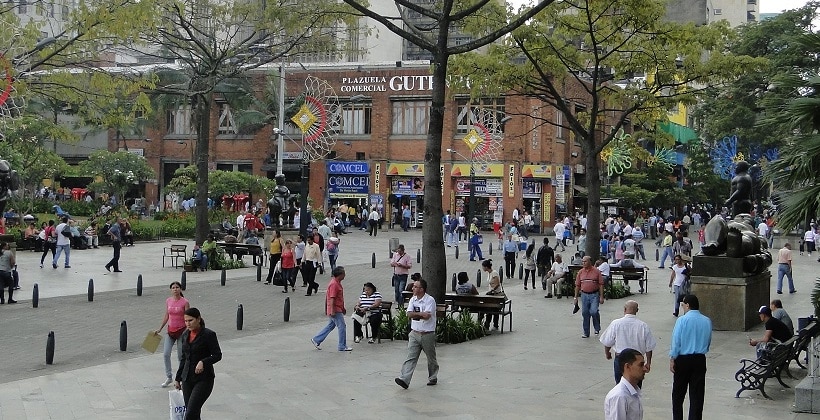More than 50 Trip Reduction Ordinances are in force, mostly in U.S. cities and states, as well as in Europe, Oceania, and Latin America.
Examples are given here of Trip Reduction Ordinances in San Francisco, Belo Horizonte, Brazil, and Medellín, Colombia.
San Francisco, USA
San Francisco’s program is applicable only to new developments or those seeking to expand.
Each organization must calculate (using an online tool) the number of mitigation points it needs. This number is based on the type of organization (retail, office, residential, or other), the floor space, and the number of parking spaces.
Then the organization chooses from a list of more than 60 mobility measures those they will deploy to achieve their points to meet the goal set by the city. Each measure has a number of points, depending on the difficulty and/or cost of implementation and its ability to reduce single-occupancy vehicle trips. It is important to note that most of the measures are infrastructures deployed inside the development to foster more sustainable means of transport.

Belo Horizonte, Brazil
Belo Horizonte was the first city in Latin America to develop a TRO, called the Mobility Management Program Roadmap, in 2016. The program applies to new developments or those seeking licensing to expand that have more than 200 employees and/or students. Its impacts on mobility are still not measured, but as of December 2017 the policy had asked 13 organizations to develop a workplace travel plan, potentially affecting up to 40,000 people.

Medellín, Colombia
Medellín’s policy, in force since June 2017, applies to public and private organizations with more than 200 direct or indirect workers.
The policy’s core is the mobility inverted pyramid, in which pedestrians (who are the most numerous) come first and single-occupancy vehicles come last.
The policy requires organizations to develop a Workplace Travel Plan with the goal of reducing its commuters’ carbon footprint by 10 percent the first year and by 20 percent by 2020.
